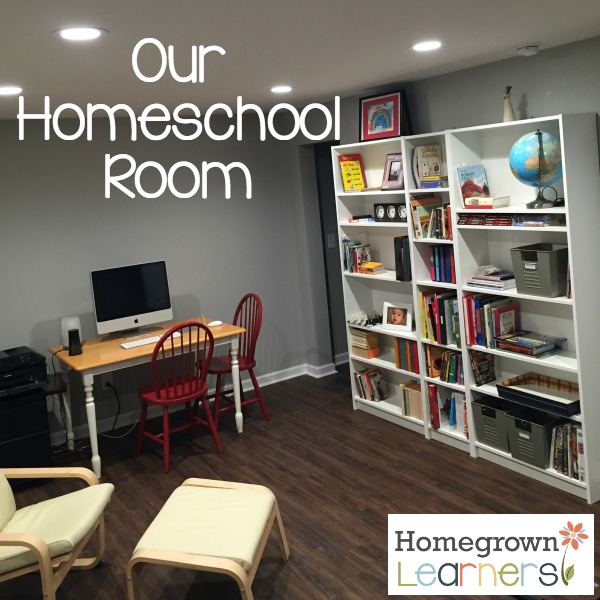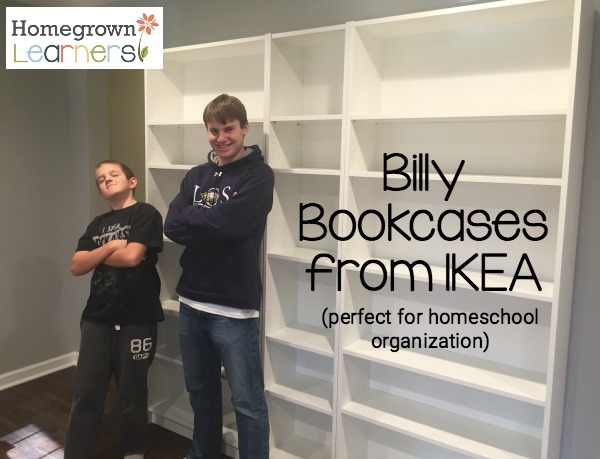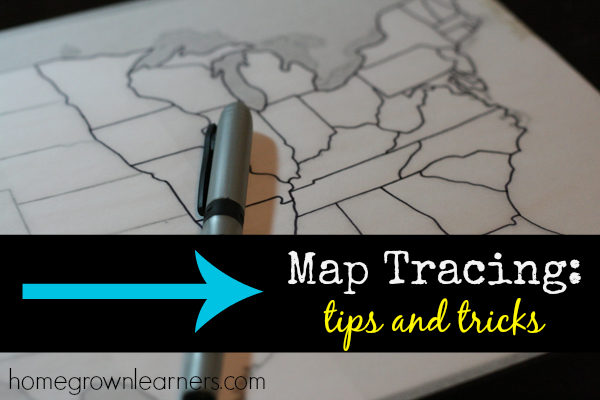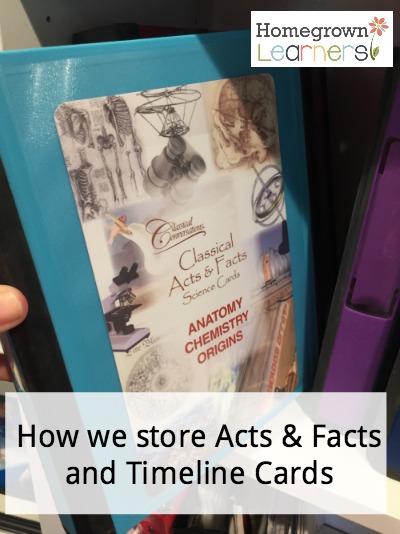Everyone needs QUIET.
A homeschool functions better when there are opportunities and spaces for quiet - for both parents and children.
In our world of technology, activity, mobility, and opportunity, a quiet home is often an anomaly. Surely there must be something we should be DOING? Surely there is somewhere we should be GOING?
I find it interesting that the thing I thought I would miss most when we started homeschooling (stretches of quiet) is the very thing I found (after I’d been homeschooling a few years) I could cultivate MORE effectively because I had my children under my roof to educate and guide them.
My strategies for creating spaces and times for quiet aren’t revolutionary, but I believe we need to be reminded - and, if you will, be given permission to be quiet.
Rest is good. Quiet is good. Stillness in good.
Don’t believe the lie that being the busiest or most involved family on the block is best. It might just be a sign that you aren’t comfortable with quiet.
All of our souls need quiet for creativity, contemplation, and compassion. We need to be comfortable with who we are and we must be comfortable in our silence.
Have a Homeschool Routine
I was never a scheduled homeschool mom. One of the luxuries of homeschooling was that we didn’t have to be slave to a “schedule”. I did, however, always have a routine.
Because of this routine my children knew that we would read aloud after breakfast, and math came next. They knew that after lunch we would have time to work on one subject, and then at 1:30 (or thereabouts) each day we would have quiet time.
Children crave predictability and routine. They love structure. During those times when our routine was most steady I noticed fewer temper tantrums, more creativity, and increased sanity for ME! I don’t have any scientific data to back it up, but I firmly believe a homeschool routine inspired quiet!
Make Quiet Time a Priority
I’ve written before about why homeschool mamas need quiet time.
This was a hard and fast time in our home until my youngest was about 8 or 9 years old. Sometimes after lunch the kids would/could nap. Other times they just needed to stay in their rooms and occupy themselves quietly.
Initially, this takes training (and sometimes force!), but it is a gift you can give your children. And then guess what? When kids are having quiet, YOU can have quiet, too. Read a book, organize a cabinet, take a nap - whatever recharges you - make time to do it during quiet time.
Tame the Technology
This is probably the biggest hurdle to jump, isn’t it?
Even if you put away devices for an official “quiet time”, everyone’s brains are still running on overdrive because of the stimulation they have previously received from devices.
I would suggest to you that you strictly limit the technology in your homeschool. Can you homeschool with little to no technology at all? Or, if you feel that using technology is a skill you want your children to master, choose a few things of beauty that your children take part in online (how about joining me in my SQUILT Music Appreciation classes online?).
Incorporate the Arts
Our souls are at rest when we have been exposed to things of beauty.
Have you ever done one of Nana’s Chalk Pastel tutorials? She has such a quiet, calm, and simple way of helping children create something of beauty.
What about music? Simply turning on a Spotify Mozart station can create a relaxing atmosphere in your home. Or, incorporating Super Quiet UnInterrupted Listening Time (SQUILT) monthly listening calendars such a simple to daily incorporate music into your life.
A vibrant arts education in your homeschool can help your children be comfortable with quiet - and also enables them to be quiet as they are creating.
Strew Quiet Toys & Books Through Your Home
I was always a big fan of strewing when my children were younger.
strew (verb): to scatter or spread (things) untidily over a surface or area.
Our children need gentle guidance towards things that inspire quiet.
Keep a stock of games and toys your children can use alone. Make sure you make frequent library visits and strew books about what you are currently studying around the house.
Children can be gently tempted to stop and play, read, and wonder. It is a beautiful thing.
Get Outside and Wonder (and be LOUD)!
In order to inspire more quiet, you have to provide opportunities for your children to be WILD and LOUD!
Do you remember that homeschool routine you have? Be sure to incorporate a lot of physical activity, nature walks, and time to just be outside and explore! If our children are worn out, happy, and have eliminated a lot of frustrations through physical activity, then making space for quiet, later on, will be infinitely easier.
Don’t forget Nature Study - you might enjoy The 3 Rs of Nature Study if your need EASY ideas.
And, unstructured play outside if good - I routinely told my kids to go outside and play in the woods! I was amazed at how much better our days were when this could be part of the routine.
The Self-Discipline to Say NO
Finally, we need to get off the hamster wheel. Our children will never be comfortable with quiet if they are too busy and frazzled.
You don’t have to take part in every activity your best homeschool friends take part in. If you don’t feel it is in your family’s best interest for your child to play an organized sport, DON’T DO IT. Saying no may be hard in the moment, but the freedom it brings in the long-term is liberating.
You can start creating space for quiet TODAY in your homeschool. I promise. It’s worth it.


















